On the 12th January 2000, the ban on LGBT+ people serving in the British Armed Forces was removed. Before this date, anyone discovered to be gay could be subjected to arrest, interrogation, examination, imprisonment, and dismissal. To commemorate that important day, the RAF Museum has been recording the experiences of those effected by the ban with help from military charity Fighting with Pride and the RAF LGBT+ Network.
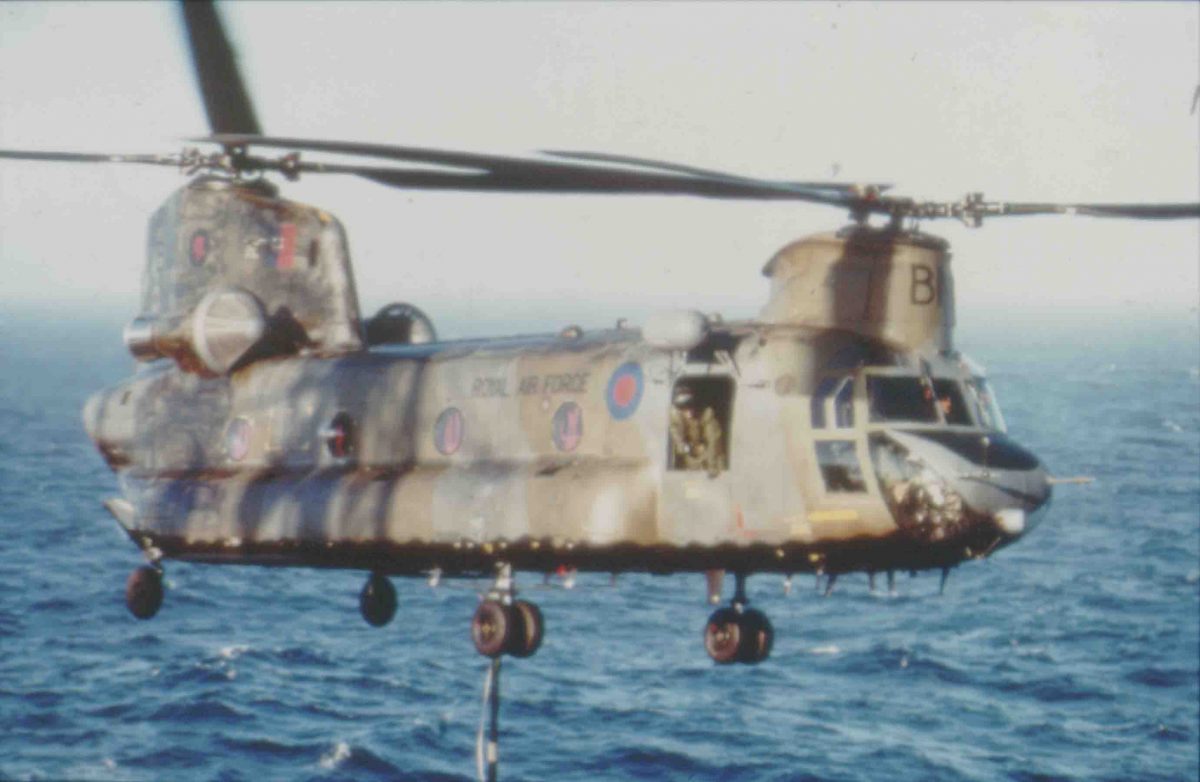
Stories from across the globe
CloseCollecting stories about the RAF from around the world
What’s your story?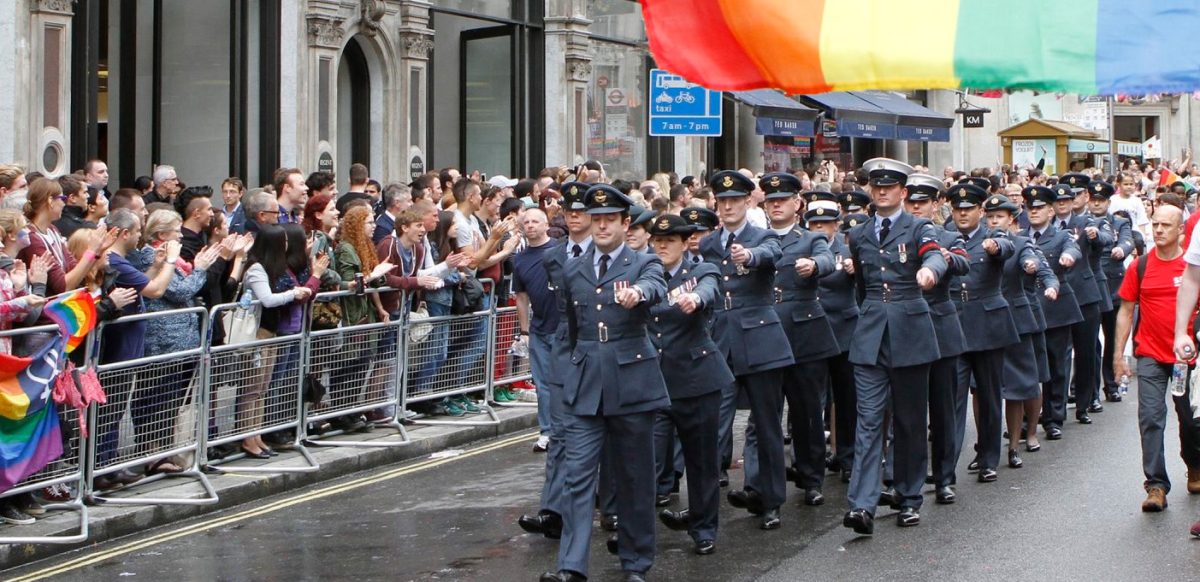
The Anniversary of the Gay Ban
-

If you’re wearing a uniform, it’s to defend everyones rights.
-

I admitted I was gay. They could have sent me to prison.
Carl Austin-Behan -

They put a lot of time and effort into training them and then put an equal amount of time and money into identifying them as homosexual and kicking them out.
-

It prompted the need to offer mental or physical assistance to a lot of veterans who were trawling back very traumatic memories.
-

We’ve never been able to unite and discuss what we went through, ever.
-
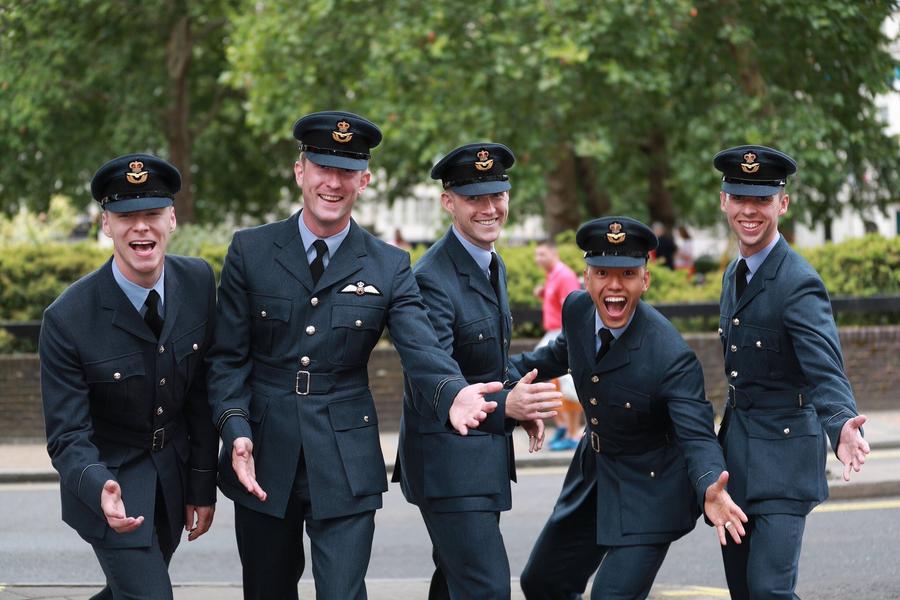
You can't be what you can't see

Bomber Command 1939-1945
By mid-1940 the only way for Britain to take the war to the enemy homeland was through the Royal Air Force’s Bomber Command. By 1945, the Command had helped deliver Allied victory, but at what cost? 55,573 of its aircrew were dead, over 8,000 were injured, hundreds of thousands of civilians had perished in Axis (enemy) and Allied bombing raids, and cities across Europe were in ruins.
From an unpromising start, volunteer Bomber Command aircrew faced a nightly battle to complete their assigned raids. Developments in technology and tactics helped increase their chances of survival. With increasing precision, the Command’s attacks on German industrial centres reduced the production of arms, ammunition, material and fuel, almost certainly shortening the war.
-
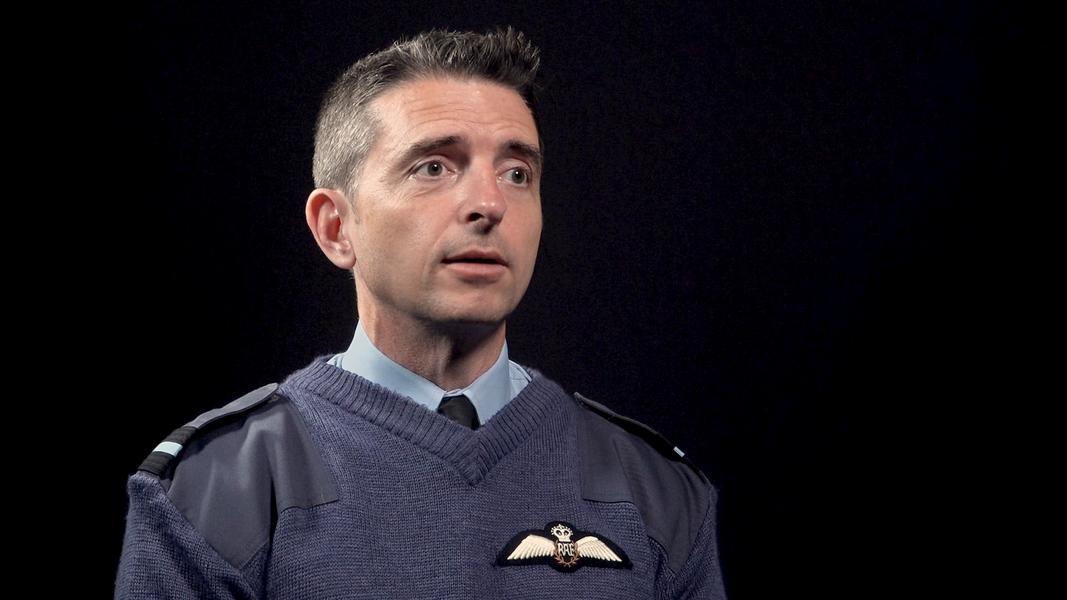
55,000 souls on board
Air Cdre Paul Godfrey -
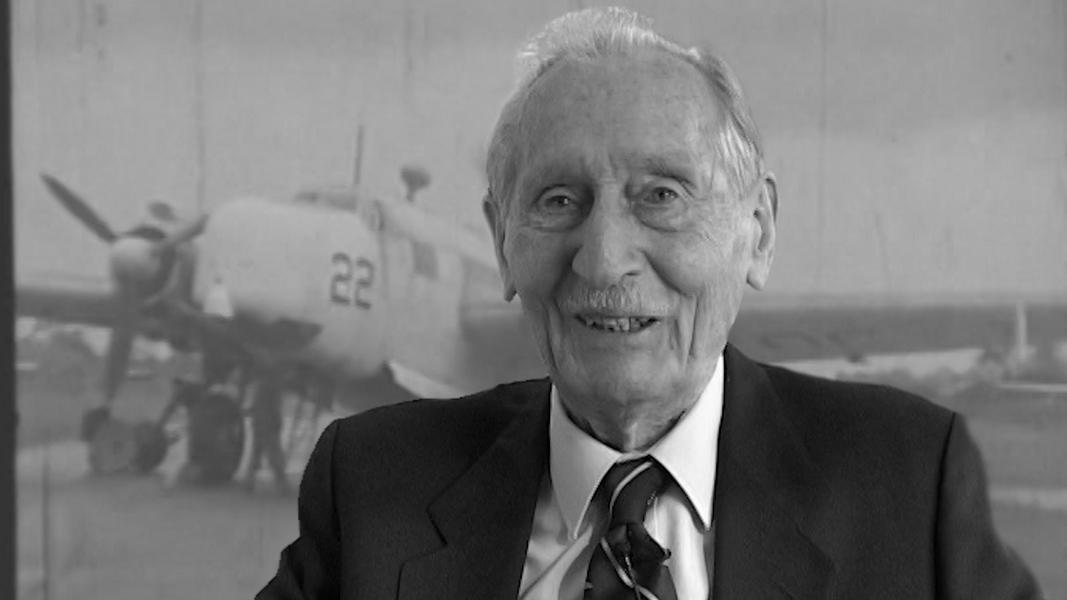
My 21st birthday present was to still be alive
Roy Finch -
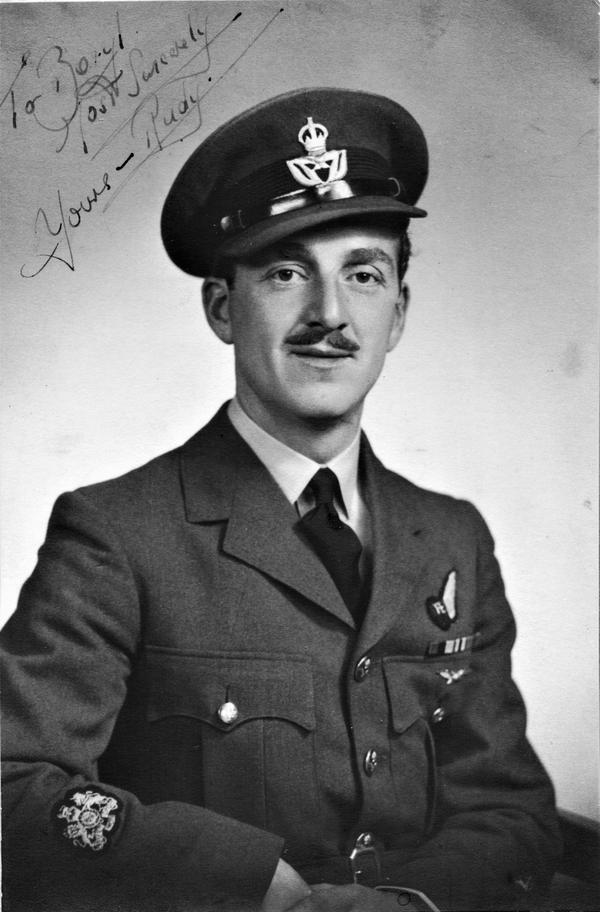
The tail gunner would chuck bricks out over Germany
Paul Aldwinkle -
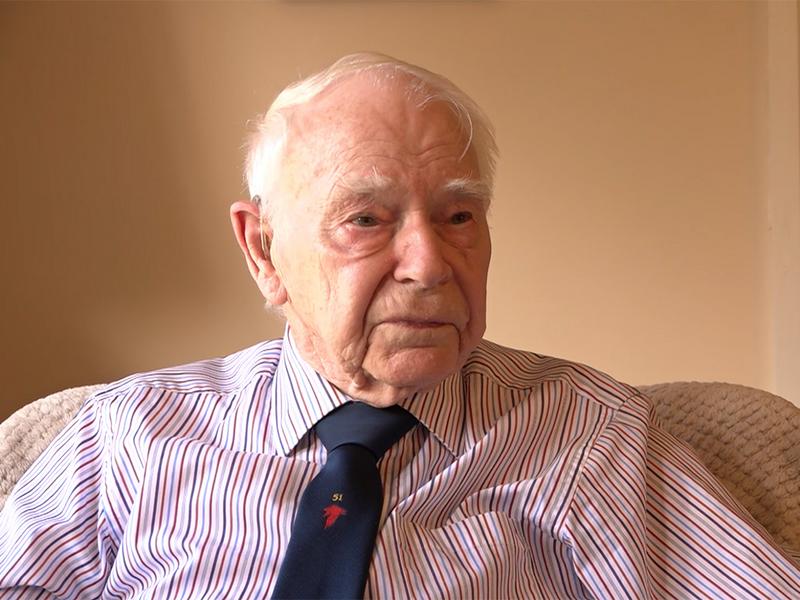
The 1000 bomber raid.
Stan Holmes -

I can't fly this thing. I've got a hangover.
Roy Finch -
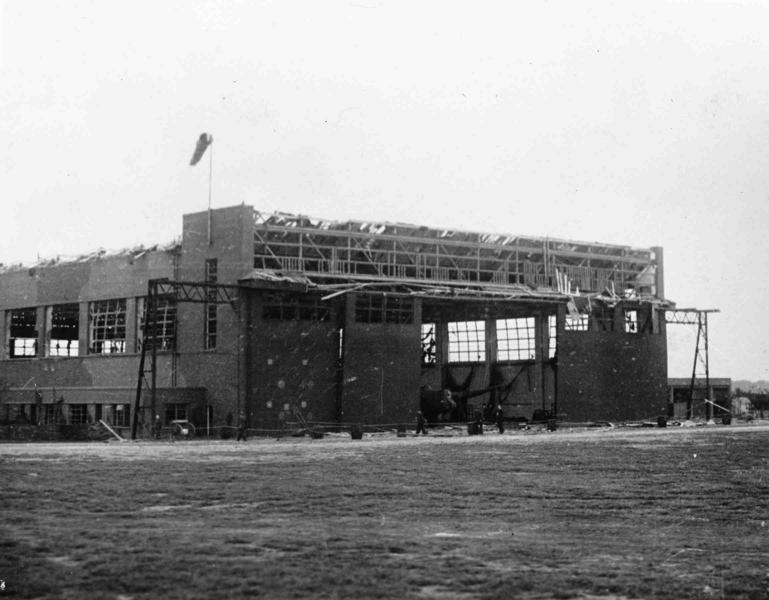
We lost twelve Whitleys but they were replaced the next day
Ian Brownlee -
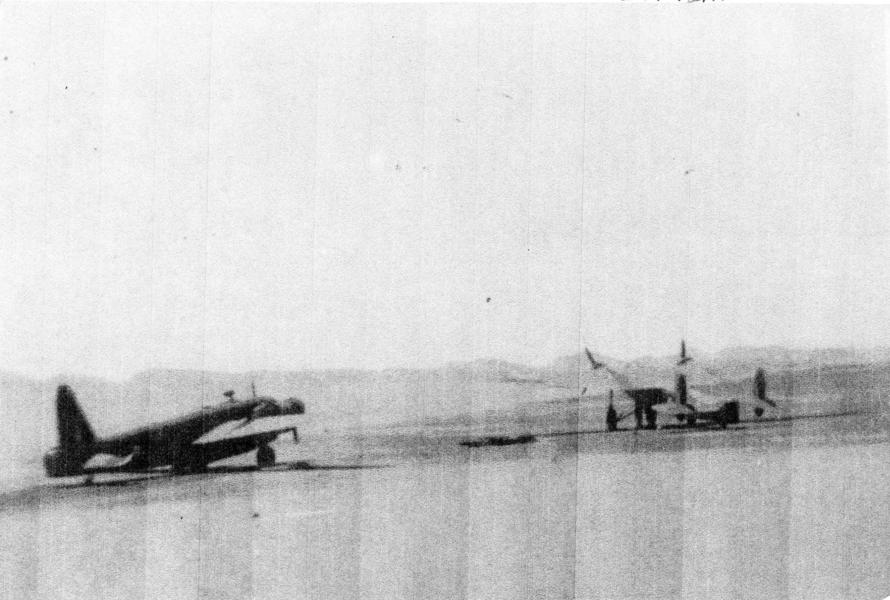
Turns out his father had rescued my father 50 years ago.
Graham Withers -
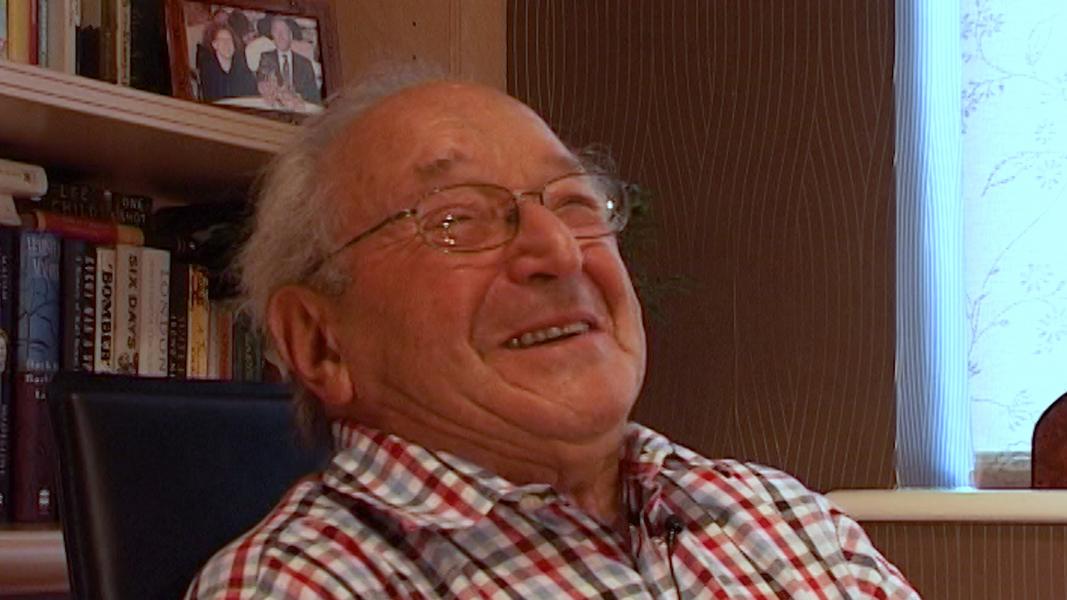
The night of the Scharnhorst and Gniesenau bombing we lost half the squadron
Ronald Davis -
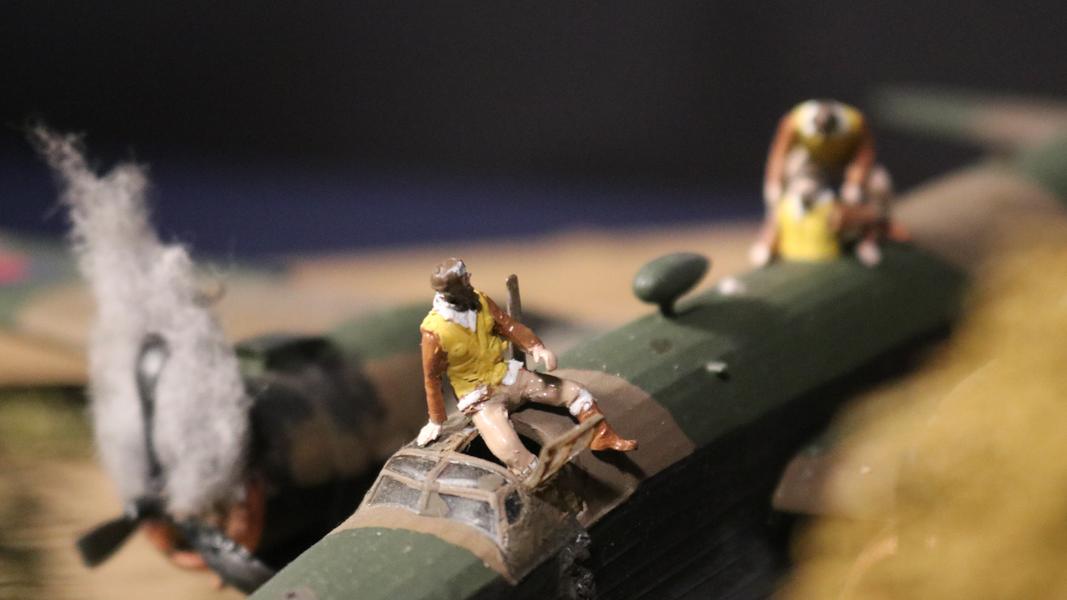
The smoke is made from cat hair
Barry Love -
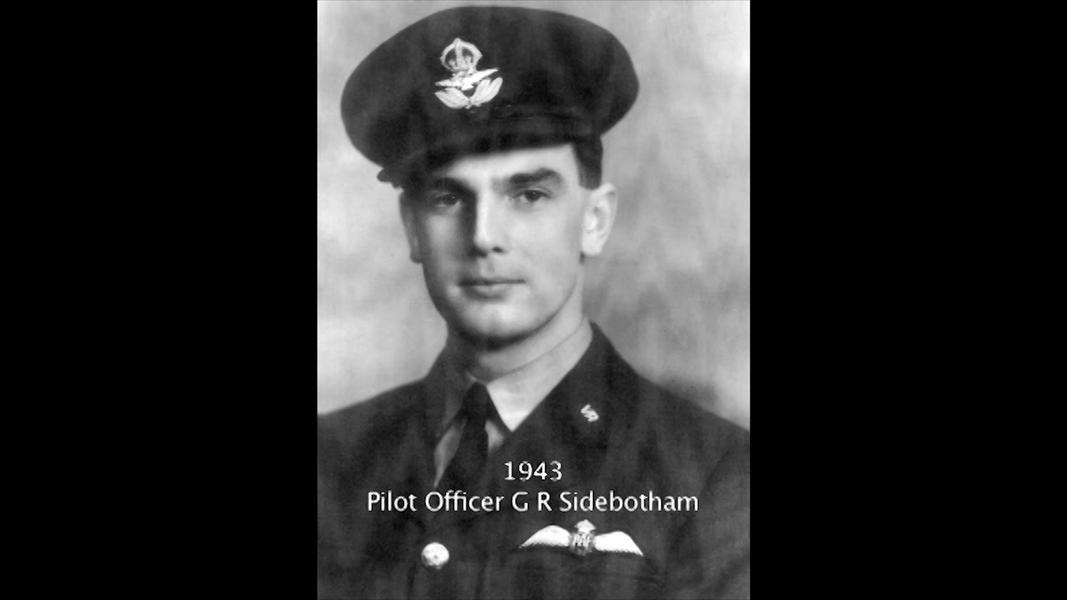
Almost uniquely, the whole crew survived the war
Peter Wright

Bravo November
The legendary RAF Chinook HC6A ‘Bravo November’ has a distinguished career within the Royal Air Force. It was one of the original 30 Chinooks ordered by the RAF in 1978 and has been in service ever since, serving in every major conflict of the last 40 years. As a veteran of the Falklands, Iraq and Afghanistan, Bravo November has seen four of its pilots awarded the Distinguished Flying Cross (DFC) for actions whilst at the controls of the aircraft. The Chinook will be on public display for the first time ahead of the nation’s Falklands 40 anniversary celebrations commencing 2 April.

40 years of the Chinook
The iconic Boeing CH-47 Chinook entered RAF service on the 22nd November 1980. It has served in every major conflict since The Falklands as a battlefield helicopter, a troop carrier and a flying hospital. It has provided an immeasurable contribution to civilians from The Lebanon to Whaley Bridge.
Across the world countless people owe their lives to this much loved helicopter.
-
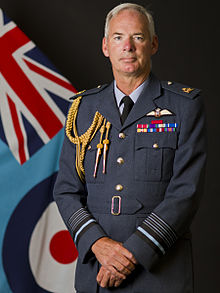
The Chinook is a step up from any other aircraft
Sir Andy Pulford -
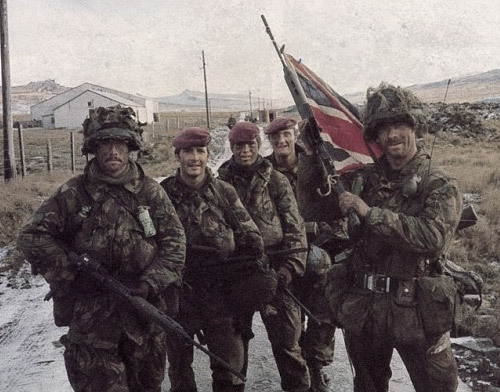
The real threat was the weather
Chris Keeble -
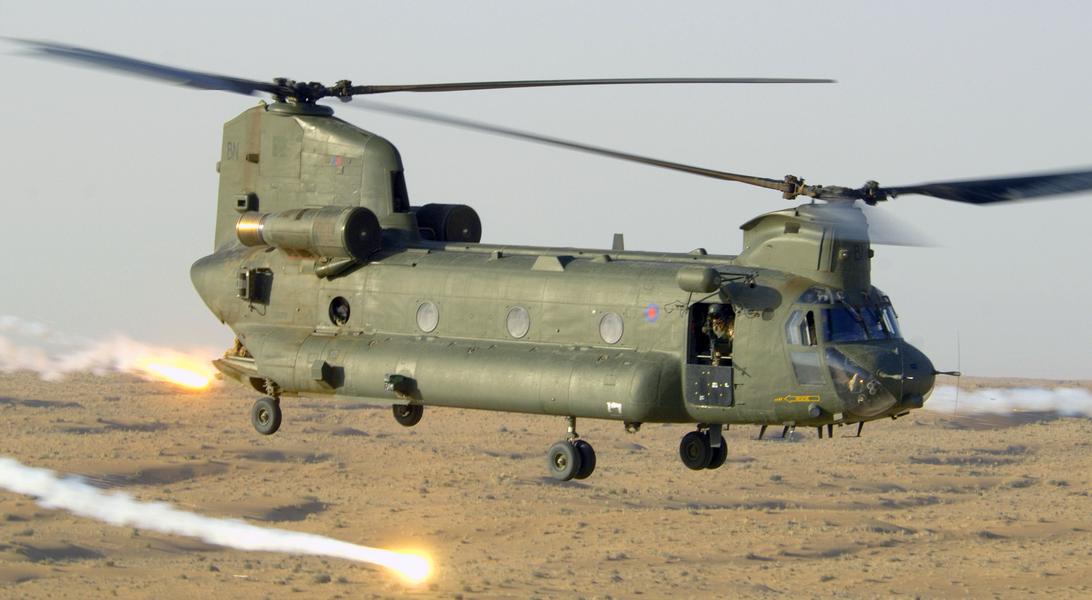
When we put that ramp down it makes a difference
Liz McConaghy -
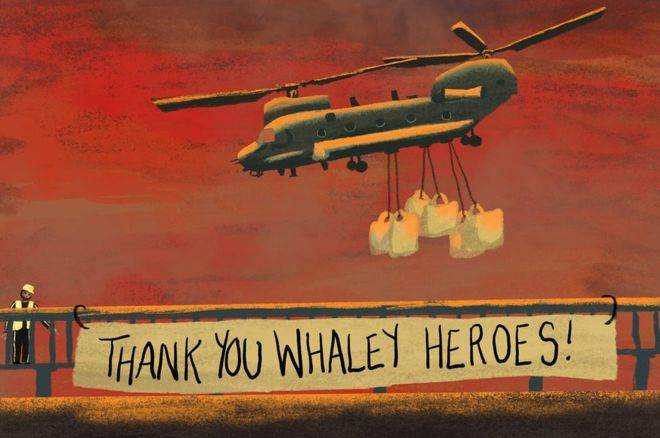
Everyone is doing the best they can to save our town
Terry McDermott -
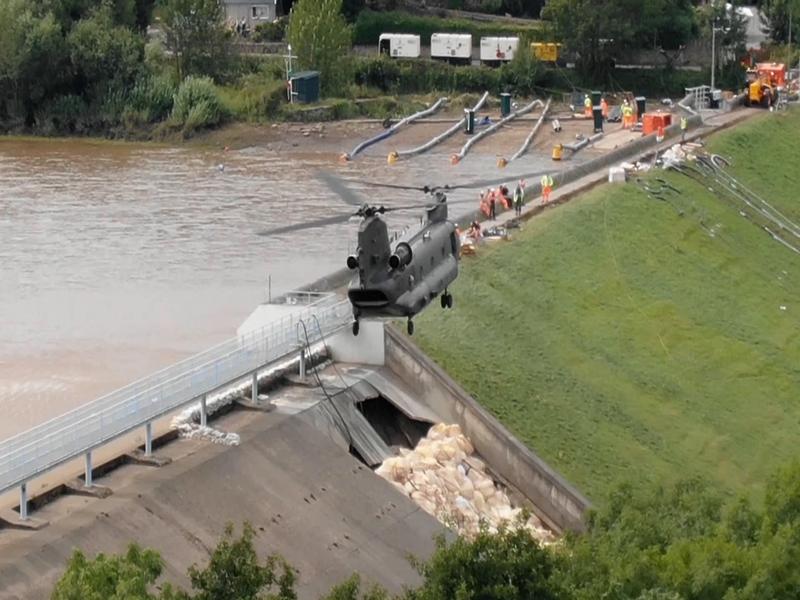
Doing nothing wasn't an option
Terry McDermott -
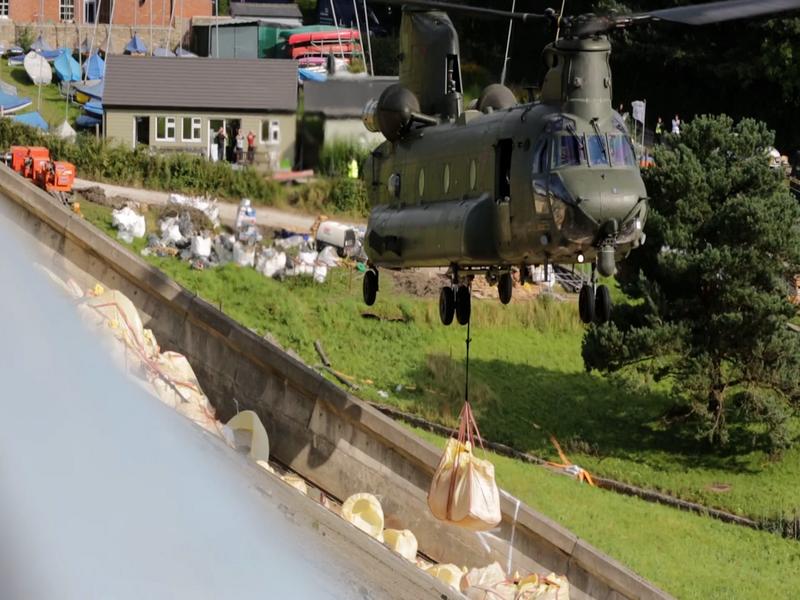
You will never forget your first encounter with a Chinook
Terry McDermott -
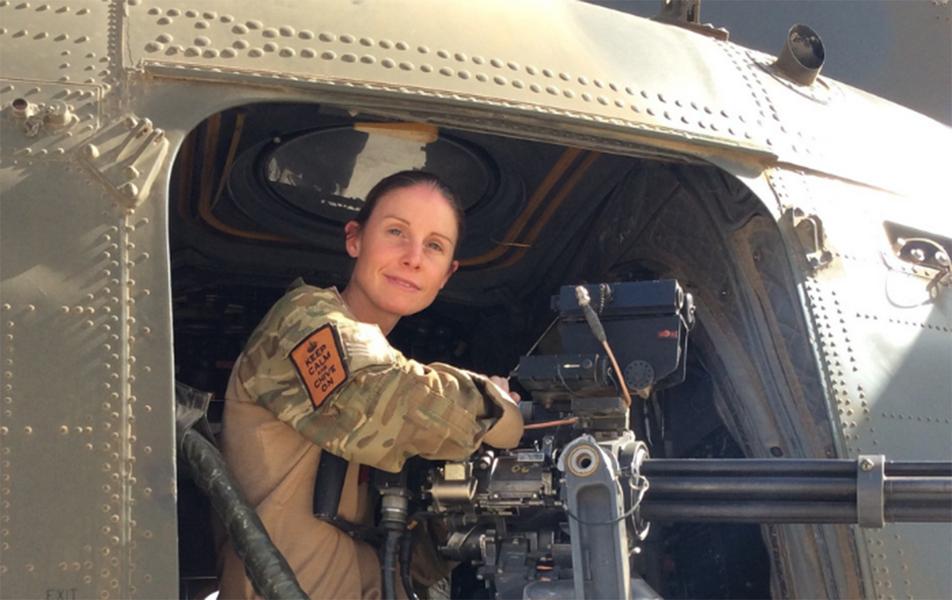
There are people who are only alive today because of the Chinook
Liz McConaghy -
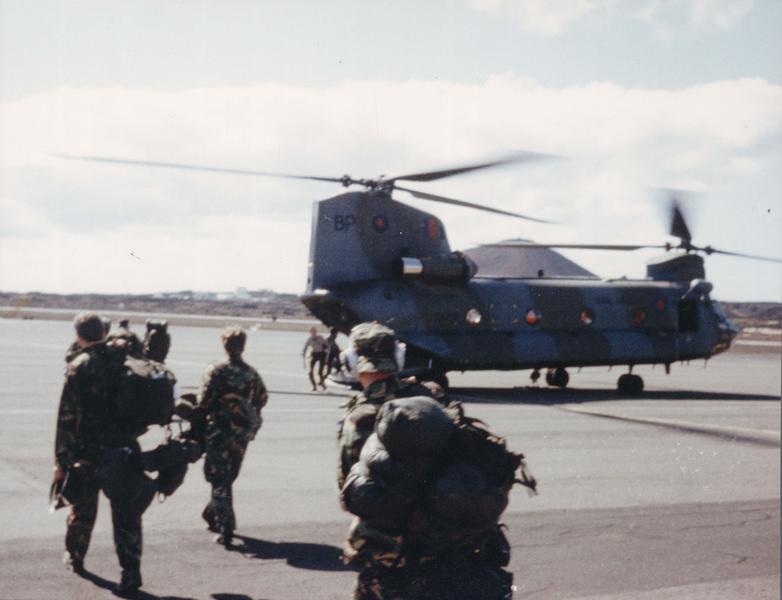
It's not just about the airframe. It's about the people
Sir Andy Pulford -
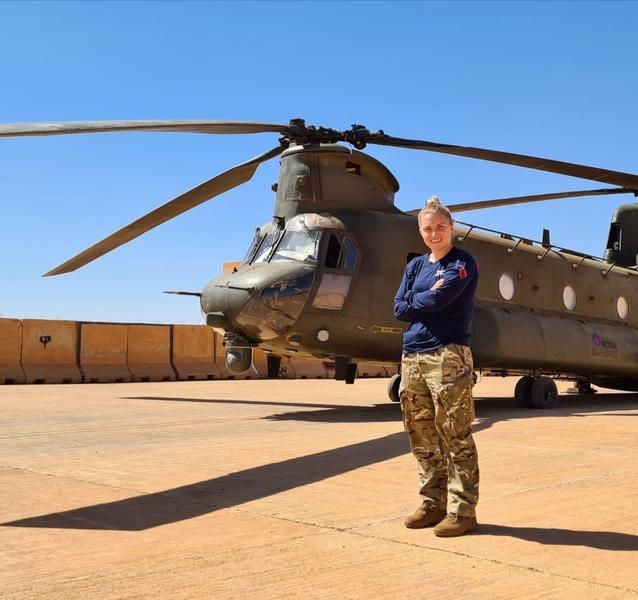
Wherever, however, we get the job done
SAC Katie Vickers